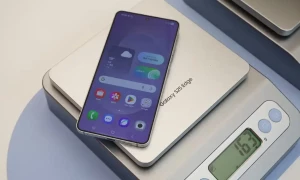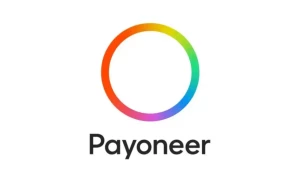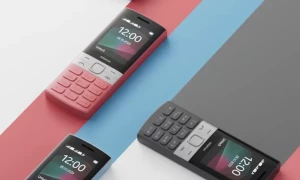New kind of transparent solar panel introduced in market
A new transparent solar panel has been introduced in the market, potentially transforming the renewable energy landscape.
Originally developed at Michigan State University in 2014, transparent solar panels utilize the absorption of UV and infrared light. This innovative design makes the panels nearly invisible to the naked eye, opening new possibilities for energy generation in everyday environments.
With an energy output of only 1%, many expected this low efficiency would render them impractical. However, researchers and manufacturers have embraced the potential of transparent solar panels, leading to increased commercial interest.
While conventional photovoltaic panels dominate efficiency metrics, transparent solar panels are carving out a niche in architecture, transportation, and electronics, demonstrating that their value lies not solely in energy output but also in aesthetic and functional integration.
The demand for transparent solar panels is surging in modern architecture. These panels allow architects to incorporate renewable energy solutions while preserving the sleek, glass designs of contemporary buildings. For example, Heliatek GmbH has introduced partially transparent solar panels specifically designed for south-facing office windows, generating electricity without compromising design.
As the trend of glass high-rise buildings continues, transparent solar technology presents an opportunity to enhance energy efficiency while contributing to striking architectural aesthetics.
Read more
Researchers find method to increase efficiency of solar panels
The impact of transparent solar panels extends to consumer electronics, offering the potential for phones, tablets, and wearables to harness solar energy without bulky, visible components. This innovation could lead to devices that never require battery recharging.
Currently, high production costs and durability concerns pose significant barriers. Transparent solar panels must endure the wear and tear typical of glass while maintaining their energy-generating capabilities.
For the latest news, follow us on Twitter @Aaj_Urdu. We are also on Facebook, Instagram and YouTube.





















Comments are closed on this story.